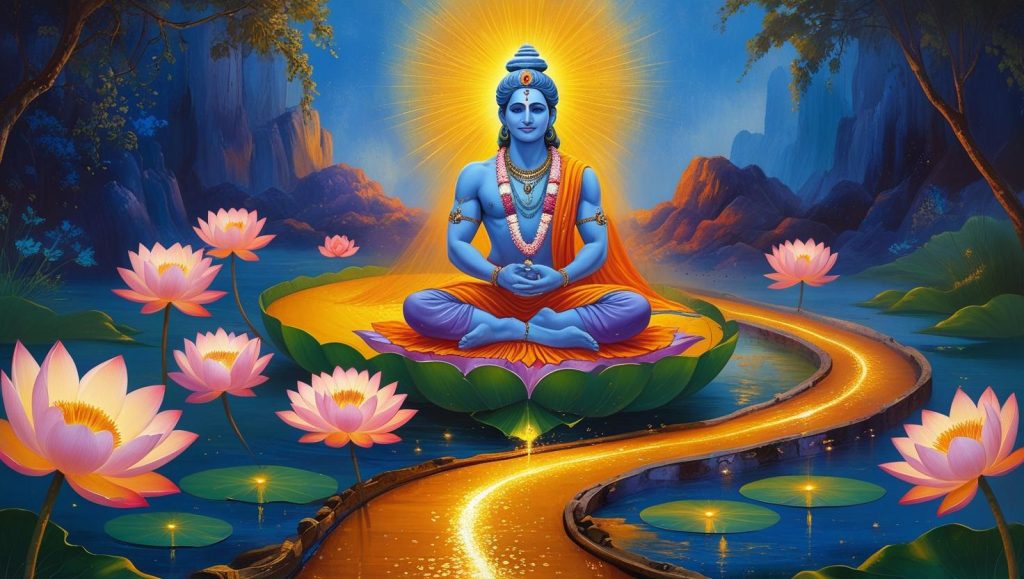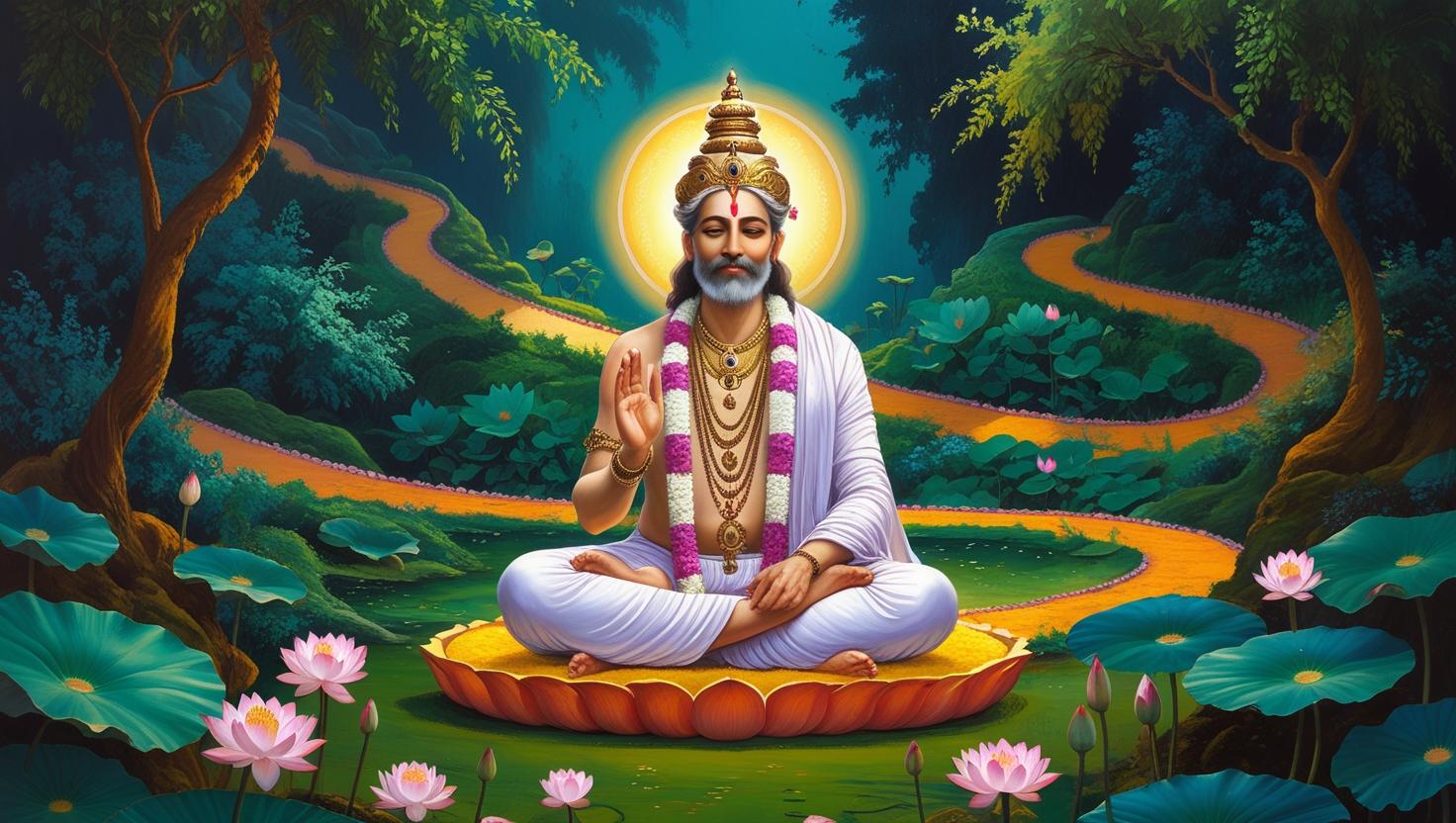In Jain Dharma, Moksha (liberation) is the ultimate goal of every soul. It is the state of complete freedom from karma, desires, and the cycle of birth and death. The Tirthankars, enlightened beings, serve as role models who demonstrate how liberation can be achieved. Among them, Bhagwan Sambhavnath, the third Tirthankar, is revered for his emphasis on compassion, detachment, and discipline as the foundation of the Moksha Marg (Path of Liberation).
The Moksha Marg in Jainism
According to Jain philosophy, the path to liberation is defined by the Three Jewels (Ratnatraya):
- Right Faith (Samyak Darshan): Believing in the reality of the soul, karma, and the teachings of the Tirthankars.
- Right Knowledge (Samyak Gyan): Understanding the truth about the soul and the universe without doubt or misinterpretation.
- Right Conduct (Samyak Charitra): Living a life of self-discipline, non-violence, truth, and compassion.
Together, these three form the foundation of Moksha Marg as taught by Sambhavnath Bhagwan.
Sambhavnath Bhagwan’s Teachings on Moksha Marg
1. Detachment from Worldly Pleasures
Although born into royalty, Sambhavnath renounced material wealth and power, teaching that true bliss lies in inner purity, not external possessions.
2. Practice of Ahimsa (Non-violence)
He emphasized that liberation requires complete non-violence—not only avoiding harm to living beings but also cultivating compassion in thoughts and words.
3. Self-Discipline and Austerity
Through meditation and austerities, he demonstrated the importance of controlling desires and purifying the soul to progress on the path of Moksha.
4. Equality of All Souls
Sambhavnath taught that every soul, regardless of form or status, has the potential to achieve liberation by walking the same spiritual path.
Spiritual Relevance Today
In modern times, the Moksha Marg shown by Sambhavnath Bhagwan remains highly relevant:
- Detachment encourages simplicity amidst consumerism.
- Non-violence fosters peace in societies marked by conflict.
- Self-discipline helps individuals control desires and live mindfully.

Conclusion
The life of Bhagwan Sambhavnath is a shining example of the Moksha Marg in action. By embodying right faith, right knowledge, and right conduct, he showed that liberation is within the reach of every soul. His timeless message continues to inspire Jain devotees and spiritual seekers to walk the path of truth, compassion, and inner freedom.


